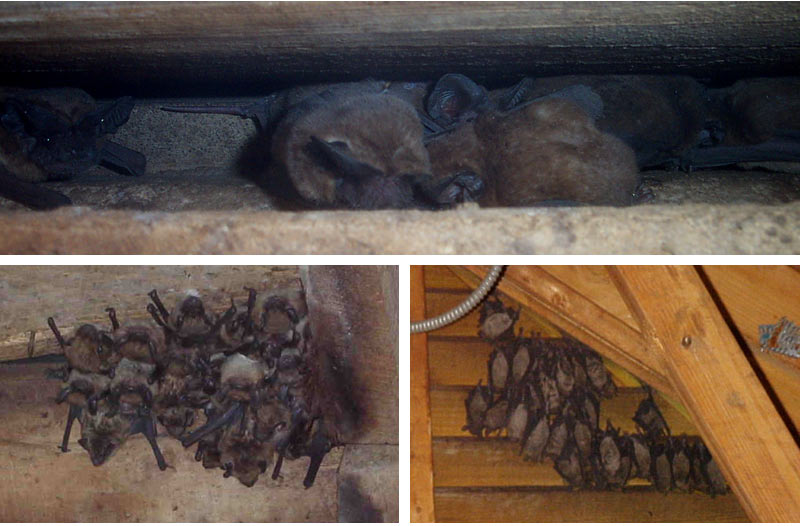Bat colonies tend to roost in places that are up high like an attic.
Do bats in attic make noise.
Bats also make slight squeaking or a clicking noises.
Squeaking noises in the attic can be bats or mice.
Bats use a high frequency to communicate that most humans usually can t hear when bats are outside.
Bats enjoy making their roost in places higher up such as attics.
Thought you heard a bat.
Bats are nocturnal and usually move in and out of the soffits and eaves at dusk and return early dawn.
They like to roost in groups and their ability to fly allows them to gather in attics chimneys barns and sheds.
You hear sounds in your attic bats are silent flyers but sometimes when they re in your attic they can be heard.
Most of the attic noises from bats will be a very slight scratching noises or wing flutter as they pull themselves with their wings through the soffits.
But occasionally a bat will follow a wall cavity or pipe looking for space to sleep as well.
In such cases you can hear them trying to escape the area they re trapped in.
Bat noises in the attic are often confused with sounds made by other wildlife.
However if they are searching for a place to rest they may choose an opening in a wall roof or around a pipe.
From scratching scurrying up and down the walls or attic to flapping their wings bats make all these types of noises depending on their current situation.
If you hear a fluttering noises in the attic around sunset which is when bats are most active you probably have bats in the attic.
Brownish stains around the opening of where they enter and leave.
Since bats are nocturnal they will leave their roost at night to feed.
Different animal pests will create different noises.
Since these spaces offer protection from the elements and access to insects infestations are common.
Bats are usually heard when one or more of them have become trapped somewhere in your attic or behind the walls.
The pests may also flap like birds or scurry like squirrels.
While bats do many helpful things for the environment including eating mosquitoes and other insects they can also carry rabies.
For example bats make scratching noises in the attic when they rub up against wood but so do raccoons.
But it is possible to hear a chorus of bats being emitted from the attic.
Small nocturnal mammals bats use echolocation to find their food.
Because the pitch of a bat s chirp is higher than the human ear can detect what you ll likely hear first are the sounds of flapping bat wings or the scratching of their wings on the roof and walls of your attic.
If you do hear the sounds of bat echolocation the way bats create and use sound to make sense of their surroundings it will be softer than you might imagine.
You ve heard bats fluttering in your walls bats tend to be very quiet mammals.
However if you hear fluttering or light scratching at night you re more likely to have bats.
Listen to an audio recording mp3 file of bat noises and sounds.
Signs of bats in the attic.
A trapped bat scratches and flaps around.

